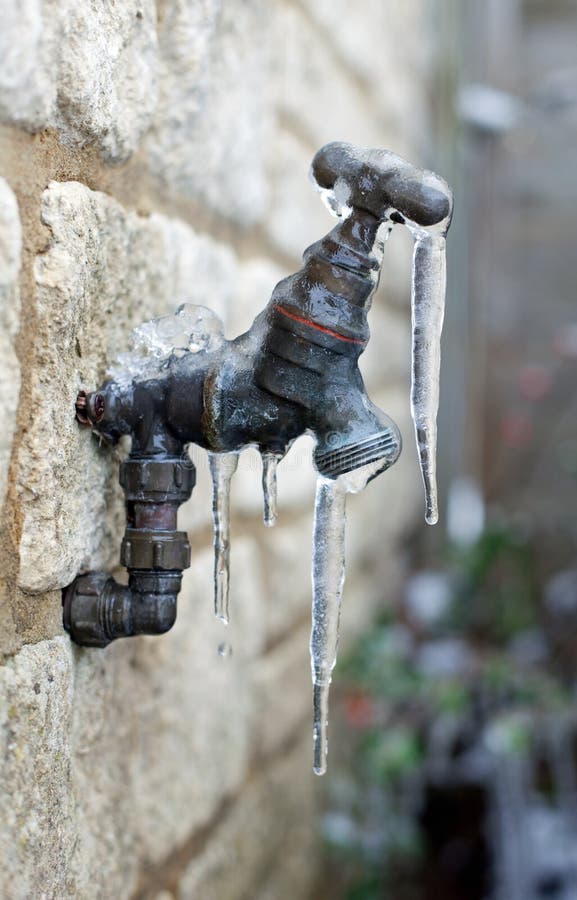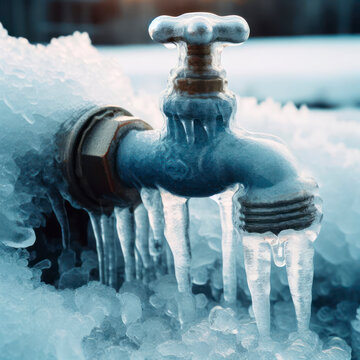Important Tips to Avoid Frozen Pipes in Cold Weather: Expert Guidance
Important Tips to Avoid Frozen Pipes in Cold Weather: Expert Guidance
Blog Article
Almost everyone maintains their private concepts with regards to 6 Ways to Prevent Frozen Pipes.

Cold weather can wreak havoc on your plumbing, specifically by freezing pipes. Below's exactly how to stop it from taking place and what to do if it does.
Intro
As temperatures drop, the threat of icy pipelines boosts, possibly bring about pricey repairs and water damage. Recognizing just how to prevent frozen pipes is important for home owners in cool climates.
Understanding Frozen Pipelines
What creates pipelines to ice up?
Pipelines ice up when subjected to temperature levels below 32 ° F (0 ° C) for prolonged periods. As water inside the pipelines freezes, it broadens, putting pressure on the pipe wall surfaces and possibly triggering them to rupture.
Risks and problems
Icy pipes can cause supply of water disturbances, building damage, and pricey repair services. Burst pipelines can flood homes and create substantial architectural damages.
Indicators of Frozen Pipes
Identifying frozen pipes early can prevent them from bursting.
Just how to determine frozen pipelines
Search for lowered water circulation from faucets, unusual smells or noises from pipelines, and visible frost on subjected pipelines.
Prevention Tips
Shielding prone pipelines
Wrap pipes in insulation sleeves or utilize warmth tape to safeguard them from freezing temperature levels. Focus on pipes in unheated or outside locations of the home.
Heating methods
Maintain interior areas adequately heated up, particularly areas with pipes. Open up closet doors to permit cozy air to circulate around pipelines under sinks.
Shielding Exterior Pipes
Yard tubes and exterior taps
Separate and drain pipes yard pipes prior to winter. Mount frost-proof faucets or cover exterior taps with protected caps.
What to Do If Your Pipes Freeze
Immediate actions to take
If you suspect icy pipelines, keep taps available to eliminate pressure as the ice melts. Utilize a hairdryer or towels taken in hot water to thaw pipelines slowly.
Long-Term Solutions
Structural changes
Take into consideration rerouting pipes far from exterior walls or unheated areas. Add added insulation to attic rooms, cellars, and crawl spaces.
Upgrading insulation
Purchase high-quality insulation for pipelines, attics, and walls. Correct insulation assists keep consistent temperature levels and lowers the risk of icy pipes.
Verdict
Preventing frozen pipelines calls for proactive steps and quick actions. By understanding the causes, indicators, and safety nets, homeowners can protect their plumbing during cold weather.
5 Ways to Prevent Frozen Pipes
Drain Outdoor Faucets and Disconnect Hoses
First, close the shut-off valve that controls the flow of water in the pipe to your outdoor faucet. Then, head outside to disconnect and drain your hose and open the outdoor faucet to allow the water to completely drain out of the line. Turn off the faucet when done. Finally, head back to the shut-off valve and drain the remaining water inside the pipe into a bucket or container. Additionally, if you have a home irrigation system, you should consider hiring an expert to clear the system of water each year.
Insulate Pipes
One of the best and most cost-effective methods for preventing frozen water pipes is to wrap your pipes with insulation. This is especially important for areas in your home that aren’t exposed to heat, such as an attic. We suggest using foam sleeves, which can typically be found at your local hardware store.
Keep Heat Running at 65
Your pipes are located inside your walls, and the temperature there is much colder than the rest of the house. To prevent your pipes from freezing, The Insurance Information Institute suggests that you keep your home heated to at least 65 degrees, even when traveling. You may want to invest in smart devices that can keep an eye on the temperature in your home while you’re away.
Leave Water Dripping
Moving water — even a small trickle — can prevent ice from forming inside your pipes. When freezing temps are imminent, start a drip of water from all faucets that serve exposed pipes. Leaving a few faucets running will also help relieve pressure inside the pipes and help prevent a rupture if the water inside freezes.
Open Cupboard Doors
Warm your kitchen and bathroom pipes by opening cupboards and vanities. You should also leave your interior doors ajar to help warm air circulate evenly throughout your home.

I discovered that review on Preventing and dealing with frozen pipes when doing a search on the internet. For those who enjoyed reading our page please be sure to share it. Thank-you for taking the time to read it.
Contact Us Today Report this page